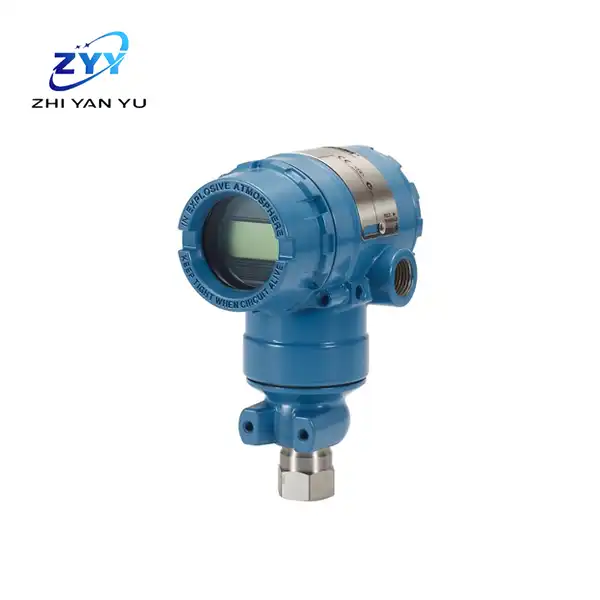- English
- French
- German
- Portuguese
- Spanish
- Russian
- Japanese
- Korean
- Arabic
- Greek
- German
- Turkish
- Italian
- Danish
- Romanian
- Indonesian
- Czech
- Afrikaans
- Swedish
- Polish
- Basque
- Catalan
- Esperanto
- Hindi
- Lao
- Albanian
- Amharic
- Armenian
- Azerbaijani
- Belarusian
- Bengali
- Bosnian
- Bulgarian
- Cebuano
- Chichewa
- Corsican
- Croatian
- Dutch
- Estonian
- Filipino
- Finnish
- Frisian
- Galician
- Georgian
- Gujarati
- Haitian
- Hausa
- Hawaiian
- Hebrew
- Hmong
- Hungarian
- Icelandic
- Igbo
- Javanese
- Kannada
- Kazakh
- Khmer
- Kurdish
- Kyrgyz
- Latin
- Latvian
- Lithuanian
- Luxembou..
- Macedonian
- Malagasy
- Malay
- Malayalam
- Maltese
- Maori
- Marathi
- Mongolian
- Burmese
- Nepali
- Norwegian
- Pashto
- Persian
- Punjabi
- Serbian
- Sesotho
- Sinhala
- Slovak
- Slovenian
- Somali
- Samoan
- Scots Gaelic
- Shona
- Sindhi
- Sundanese
- Swahili
- Tajik
- Tamil
- Telugu
- Thai
- Ukrainian
- Urdu
- Uzbek
- Vietnamese
- Welsh
- Xhosa
- Yiddish
- Yoruba
- Zulu
What is the difference between coplanar and inline pressure transmitters?
2024-06-21 16:21:28
Introduction
In the industrial process measurement field, accurate pressure readings are crucial for ensuring operational efficiency and safety. Two common types of pressure transmitters used in these applications are coplanar and inline transmitters. Understanding the differences between these two types can help industries make informed decisions about their process instrumentation needs. In this blog, we will explore the distinctions between coplanar and inline pressure transmitters, focusing on the benefits of the Rosemount 3051 Coplanar Pressure Transmitter.
How Do Inline Pressure Transmitters Work?
Inline pressure transmitters are commonly used in various industrial applications to measure pressure directly within a process line. These devices are installed inline with the process flow, providing real-time pressure data.
Basic Working Principle
Direct Measurement: Inline transmitters measure pressure directly from the process fluid, which flows through the device.
Sensor Element: The sensor detects the pressure and converts it into an electrical signal.
Signal Processing: The signal is processed and transmitted to the control system for monitoring and analysis.
Common Types of Inline Transmitters
Diaphragm Seals: Protect the sensor from harsh process conditions and ensure accurate measurements.
Differential Pressure Transmitters: Measure the difference in pressure between two points in the process line.
Gauge Pressure Transmitters: Measure the pressure relative to atmospheric pressure.
Applications in Various Industries
Inline transmitters are used across multiple industries due to their ability to provide precise, real-time pressure measurements:
Food and Beverage: Ensure consistent quality and safety in production processes.
Pharmaceuticals: Maintain accurate pressure for critical process control in drug manufacturing.
Water and Wastewater: Monitor and control pressure in filtration and distribution systems.
Benefits of Inline Pressure Transmitters
Real-Time Data: Provide continuous, accurate pressure measurements directly from the process line.
Compact Design: Suitable for tight spaces and inline installations.
Versatility: Applicable in a wide range of industrial environments.
What Advantages Do Coplanar Transmitters Offer Over Inline Transmitters?
Coplanar transmitters, such as the Rosemount 3051 series, offer several advantages over inline transmitters, making them a preferred choice in modern industrial applications.
Technological Innovations
Integrated Manifold Design: The coplanar design integrates the sensor, manifold, and seals into a single unit, reducing potential leak points and improving measurement stability.
Advanced Diagnostics: Coplanar transmitters come with built-in diagnostic tools that enable real-time monitoring of the device's health and process conditions.
High Accuracy: These transmitters offer higher accuracy and stability across a wide range of operating conditions compared to inline transmitters.
Performance Benefits
Simplified Installation: The integrated design of coplanar transmitters reduces installation complexity and potential for errors.
Improved Measurement Accuracy: With fewer potential points of failure and advanced sensor technology, coplanar transmitters provide more accurate and reliable measurements.
Enhanced Durability: Designed to withstand harsh industrial environments, coplanar transmitters offer superior long-term performance and reliability.
Case Study: Rosemount 3051 Coplanar Pressure Transmitter
The Rosemount 3051 series exemplifies the advantages of coplanar technology, offering features such as:
SuperModule Platform: Ensures stability and accuracy even under extreme pressure conditions.
Flexible Communication Protocols: Supports multiple communication standards, ensuring compatibility with various control systems.
Bluetooth Connectivity: Facilitates easy configuration and monitoring using wireless devices.
Why Is the Rosemount 3051 Coplanar Pressure Transmitter Preferred in Industrial Applications?
The Rosemount 3051 Coplanar Pressure Transmitter is renowned for its reliability and versatility, making it a top choice for industrial applications.
Key Features and Benefits
High Rangedown Capability: The 3051 can accurately measure a wide range of pressures, from very low to very high, with a rangedown ratio of up to 150:1.
Graphical Display: Provides clear, easy-to-read information, even in low-light conditions, enhancing usability.
Environmental Durability: Designed to withstand extreme temperatures and corrosive environments, making it suitable for harsh industrial settings.
Applications in Different Industries
Oil and Gas: The 3051 is used for precise pressure measurements in extraction and refining processes, ensuring safety and efficiency.
Chemical Processing: It provides accurate control of pressure in complex chemical reactions, enhancing product quality and process efficiency.
Power Generation: The 3051 helps monitor and control pressure in boilers and turbines, optimizing performance and reducing the risk of equipment failure.
Customer Feedback and Reviews
Users of the Rosemount 3051 have consistently reported high satisfaction with its performance, citing benefits such as enhanced measurement accuracy, ease of integration, and reduced maintenance requirements.
How Can You Integrate Coplanar Transmitters Into Your Existing System?
Transitioning from traditional or inline transmitters to coplanar transmitters can optimize your operations and improve overall performance.
Steps for a Successful Integration
Assessment and Planning: Evaluate your current system and identify the areas where coplanar transmitters can provide the most significant benefits.
System Compatibility Check: Ensure that the coplanar transmitters are compatible with your existing control systems and communication protocols.
Installation: Follow best practices for installation, utilizing the coplanar mounting configuration to achieve a compact and efficient setup.
Configuration and Calibration: Use the built-in tools and features, such as graphical displays and Bluetooth connectivity, to configure and calibrate the transmitters according to your specific application requirements.
Testing and Validation: Conduct thorough testing to ensure the new transmitters are accurately calibrated and functioning as expected.
Benefits of Transitioning
Enhanced Process Insight: Accurate and reliable pressure measurements provide valuable data for process optimization, leading to improved efficiency and reduced operational costs.
Reduced Maintenance: Advanced diagnostics and long-term stability reduce the need for frequent maintenance, lowering operational downtime and maintenance costs.
Scalability: The scalable platform of the Rosemount 3051 allows for easy upgrades and expansion, accommodating future growth and technological advancements.
Conclusion
Understanding the differences between coplanar and inline pressure transmitters is essential for making informed decisions about your process measurement needs. The Rosemount 3051 Coplanar Pressure Transmitter stands out due to its high accuracy, reliability, and ease of integration, making it a preferred choice in various industrial applications. By transitioning to coplanar transmitters, industries can enhance their process efficiency and performance, leading to long-term benefits. For more product information, feel free to contact lm@zyyinstrument.com.
References
Emerson. "Rosemount 3051 Coplanar Pressure Transmitter." Emerson US
Instrumart. "Rosemount 3051S Coplanar Pressure Transmitter." Instrumart
Emerson. "Product Data Sheet: Rosemount 3051 Pressure Products." Emerson
Emerson. "Rosemount 3051S Coplanar Pressure Transmitter." Emerson GB
Automation Experts Blog. "Rosemount 3051 Coplanar Pressure Transmitter Overview." Automation Experts
Plantweb Digital Ecosystem. "Integrating Rosemount 3051 into Existing Systems." Emerson Exchange365
Environmental Sustainability Reports. "Impact of Accurate Pressure Measurement on Industrial Efficiency." Emerson
Trustpilot Reviews. "Customer Feedback on Rosemount 3051 Performance." Trustpilot
Webinar Center. "Advanced Diagnostics and Maintenance of Rosemount 3051." Emerson
Media Resources. "Case Studies on Rosemount 3051 Applications." Emerson
YOU MAY LIKE
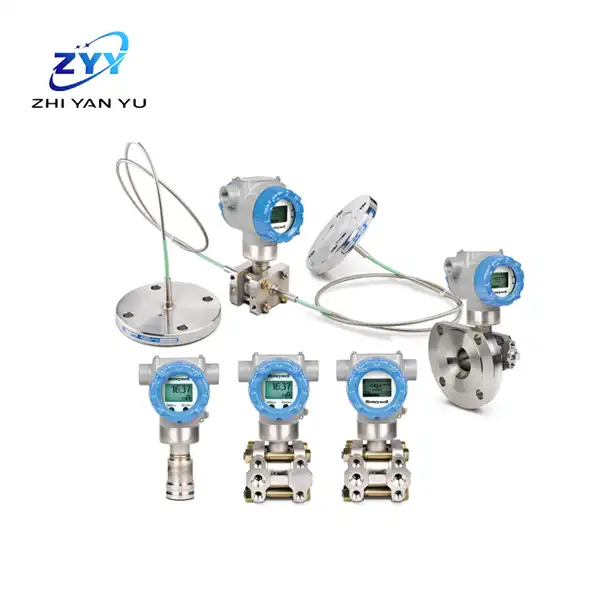
Honeywell St800 Pressure Transmitter
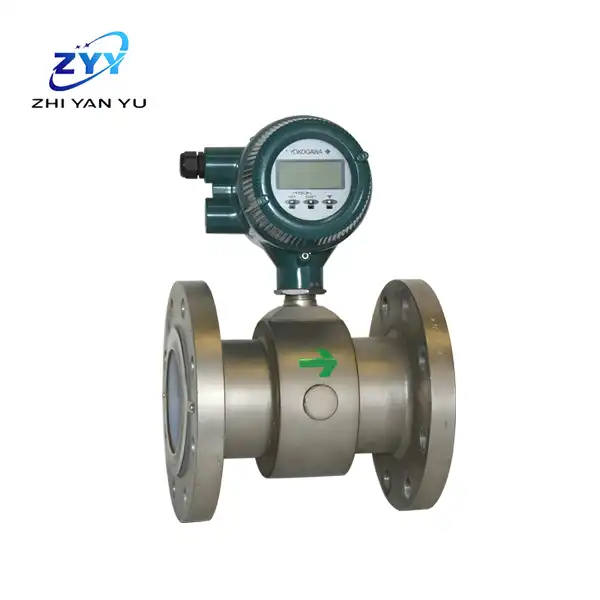
AXG Magnetic Flowmeter
Unobstructed flowing parts
Large nominal diameter range
Novel excitation method
Converter and sensor can be separated
High microprocessor performance
Bidirectional measuring system
Self-test and self-diagnostic functions
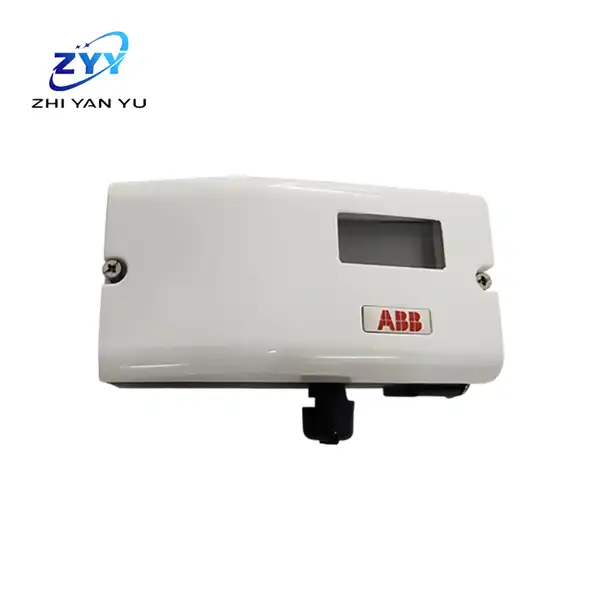
ABB valve positioner V18345-1020121001
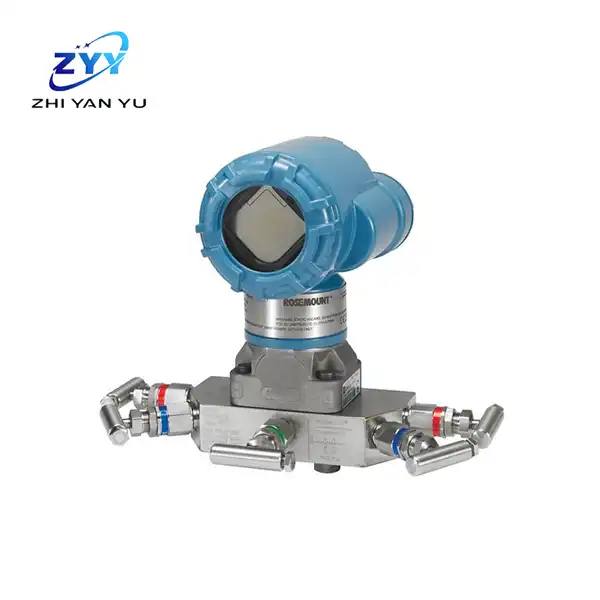
Rosemount 3051CA absolute pressure transmitter
